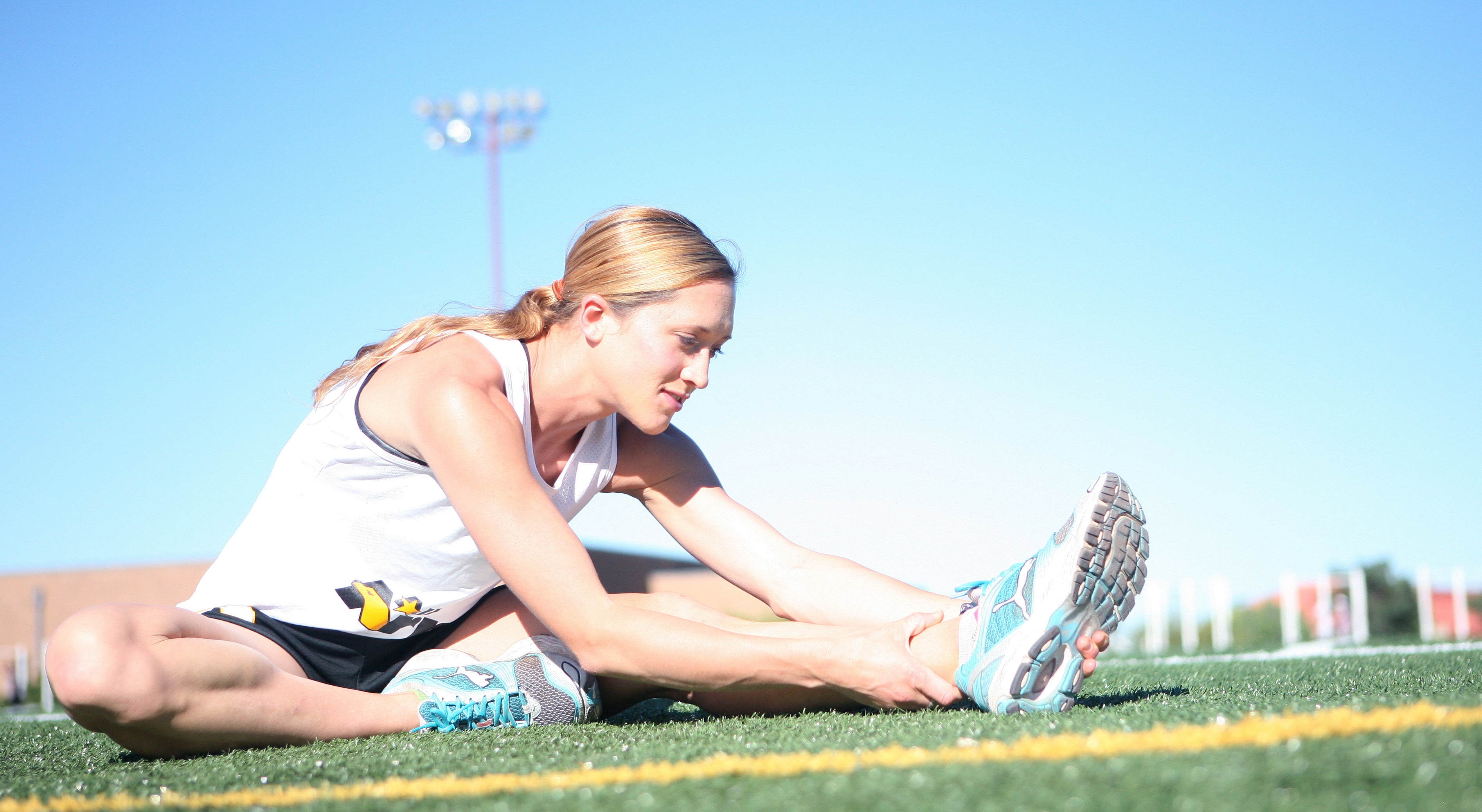Research into the demands of sports is becoming more sophisticated, which allows a strength and conditioning coach to design much more effective conditioning programs for his or her athletes. In two previous blog posts (see http://wp.me/pZf7K-6J and http://wp.me/pZf7K-6M ), I detailed this for the sport of basketball. There have also been a number of attempts to do this for the sport of rugby. In a previous post, http://wp.me/pZf7K-3g , I described a study by Hartwig et al looking at the movement demands of training versus matches in the sport of rugby with various level players basically describing that more time is spent in higher intensity movements in competition as opposed to training.
Tim Gabbett has taken this a step further and analyzed the sprinting patterns of National Rugby League players over the course of 16 matches. This analysis was done using global positioning system data, was broken down by position, by sprinting type, by velocity, and whether there was contact or not. This type of information is important for anyone that works with rugby athletes.
Gabbett found a number of things:
• Repeated sprints were uncommon in matches.
• Repeated sprints combined with a collision were more common in matches (occurring almost 10 times a match).
• Most sprint efforts were less than 20 meters in distance, but this differed by position:
• In terms of sprints over 20 meters in distance; outside backs had the greatest proportion, followed by wide running forwards, followed by adjustables.
• In terms of sprints over 40 meters in distance; outside backs had the greatest proportion, followed by wide running forwards, followed by adjustables and hit-up forwards.
• Almost 48% of sprints involved contact. Outside backs had a greater proportion of these than other positions.
• Most sprints were followed by a long recovery period (greater than five minutes); with outside backs having the fewest short-duration recovery periods, followed by hit-up forwards, followed by wide running forwards, followed by adjustables.
• The majority of sprint efforts failed to get to 90% of the athlete’s maximum velocity.
Before interpretation, some cautions. The athletes studied were (on average) almost 24 years old and should be considered elite. This means that the results and the nature of their match play may not accurately reflect that seen at other levels of play.
This study has a number of interesting implications for the strength and conditioning of this level of rugby athlete. First, there is not a need for short-recovery repeated sprint conditioning. Second, sprints (for the most part) can be done with a longer recovery period in training. Third, with the majority of the match sprints being of distances of 20 meters or less, the bulk of training can focus on acceleration. Fourth, the preponderance of sprints with contact suggests a need for an emphasis on resisted sprinting over 5-20 meters. Finally, as there are differences by position this information should be modified based upon the position that the athlete plays.
Gabbett, T.J. Sprinting patterns of national rugby league competition. Journal of Strength and Conditioning Research, 26(1): 121-130, 2012.
Hartwig, T.B., Naughton, G., and J. Searl. (2011). Motion analyses of adolescent rugby union players: A comparison of training and game demands. Journal of Strength and Conditioning Research, 25(4), 966-972.


